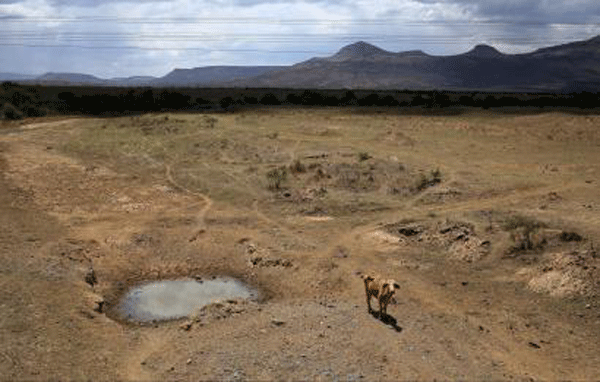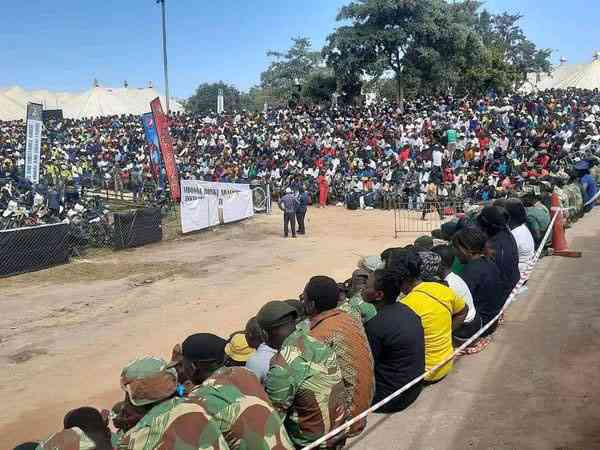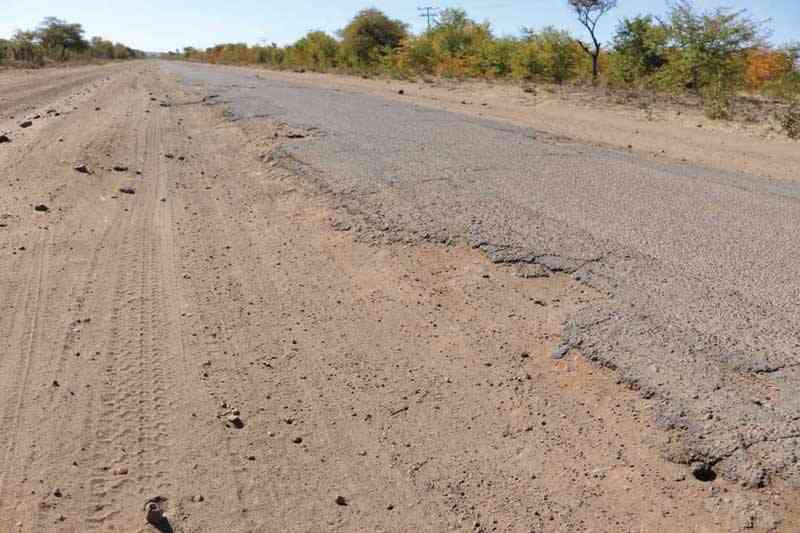
By Peter Makwanya
Weather and climate information services play an instrumental role in building community resilience. They prepare communities to counter and absorb climate shocks, enhance agricultural productivity, stay tuned and informed, at the same time contributing to local knowledge and information repository banks. If weather and climate information services do not draw from local experiences and worldview, then their forecasting approach would leave a lot to be desired and local communities, as important stakeholders, would be left out.
Getting accurate, people-centred and user-friendly weather and climate information in the languages best understood by communities is fundamentally empowering. This includes communicating weather and climate information broadly using a variety of multimedia communication tools that resonate with the local communities’ standpoint and ideologies.
Inclusive in this context are bottom-up, horizontal and two-way communication approaches for enabling the local people to demonstrate sufficient knowledge and information understanding.
This is done in order to improve their understanding of sustainable development issues in sufficiently empowering ways.
These are areas of interventions that can support empowerment of the poor by enabling the voiceless and the marginalised groups to communicate, share critical and strategic information as well as mobilise others.
In this regard, local people share their experiences at the same level, according to their needs, expectations and worldview, in order to attain weather and climate information literacy so that they are able to contribute to sustainable development goals (SDGs).
Until weather and climate information services are properly communicated and explained, targeted audience will not be in a position to understand and interpret changes taking place in their localities.
- Chamisa under fire over US$120K donation
- Mavhunga puts DeMbare into Chibuku quarterfinals
- Pension funds bet on Cabora Bassa oilfields
- Councils defy govt fire tender directive
Keep Reading
Communities need to draw inspiration from their knowledge of weather, early warning systems and environmental impacts on their local landscapes in order to relate the changes they are seeing to climate change.
As earlier indicated, this is only possible if reliable and holistic weather and climate information services are readily available to communities to share and interpret.
This information becomes strategic and instrumental for climate change adaptations. It is also significant for long and short-term planning for early warning systems and other technologically sound pathways.
The main hidden challenge is that the majority of people still have challenges in streamlining weather and climate-related information, which they still confuse. Although these two terms are interlinked and influence one another, weather and climate change are not one and the same thing.
Having a clear understanding of weather and climate leads to climate resilient agricultural solutions. While weather refers to short-term conditions such as rainfall, temperature, humidity, wind, floods, hail, among others, weather predictions are about rainfall, temperature, humidity or moisture, among others.
Climate generally refers to the average patterns in weather that prevail in a region, for a period of about 30 years.
The framework of interrogating weather and climate change issues must be done in the context of local belief systems.
These are critical in situating traditional ecological knowledge in the contexts of natural signs, myths and beliefs or local narratives that have been passed on and designed to facilitate local and global understanding of weather and climatic scenarios.
Traditional ecological knowledge may sometimes cloud the thinking and communication forecasting of local communities because of its exclusive alignment to certain age groups thereby appearing sacred and secretive in nature as well as being kept away from the public glare.
Therefore, it is in the interest of all community members and communication experts to help unlock these hidden weather and climate information treasures so that they become part and parcel of the public domain.
In order to sufficiently interrogate weather and climate information issues, it is in the best interest of communities to be able to communicate different sources of weather in their localities.
They need to appropriately focus on who actually the weather and climate information is targeted at.
For instance, who should hear the desired information first and for what reason?
Is the information packaged for men, women, the wealthy and influential or rather the poor and of course there will be reasons behind doing so?
A close analysis helps to reveal if the weather and climate information services should leave some people out or whether access to this critical knowledge and information should be equal or unequal.
If access to this information is not on equal basis, then how can it be improved especially with reference to those in the communities who have access to technology.
Furthermore, in these communities, there are those enforcers and opinion leaders who always attend meetings on behalf of others while others have to seek permission to attend meetings.
These are some of the impediments which work against overall and holistic information dissemination in local communities.
Communication tools, information networks and channels are littered with communication impediments which impact life negatively.
When weather and climate information is disseminated everyday, does it explain why it is going to be hotter, drier, cool or cold?
In this regard, the targeted audience would struggle to make sense out of everything that is communicated, resulting in information gaps and pitfalls.
At the end of the day, weather and climate information services are designed to help local farmers especially, to improve their agricultural production while explaining what climate change is all about and how farmers can use weather and climate information services to adapt to negative impacts of climate change.
In this regard, climate information services are designed to be communicated appropriately and reach farmers and other stakeholders in the information matrix in a manner that makes sense to them.
Multimedia communication platforms, which include radio, video, storytelling, interactive mobile platform groups enable users to turn weather and climate information services into action on the ground for the majority of farmers and other stakeholders in this empowering discourse.











